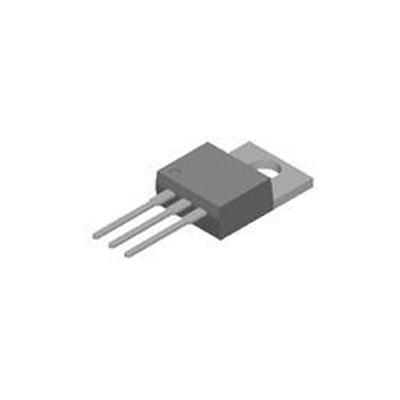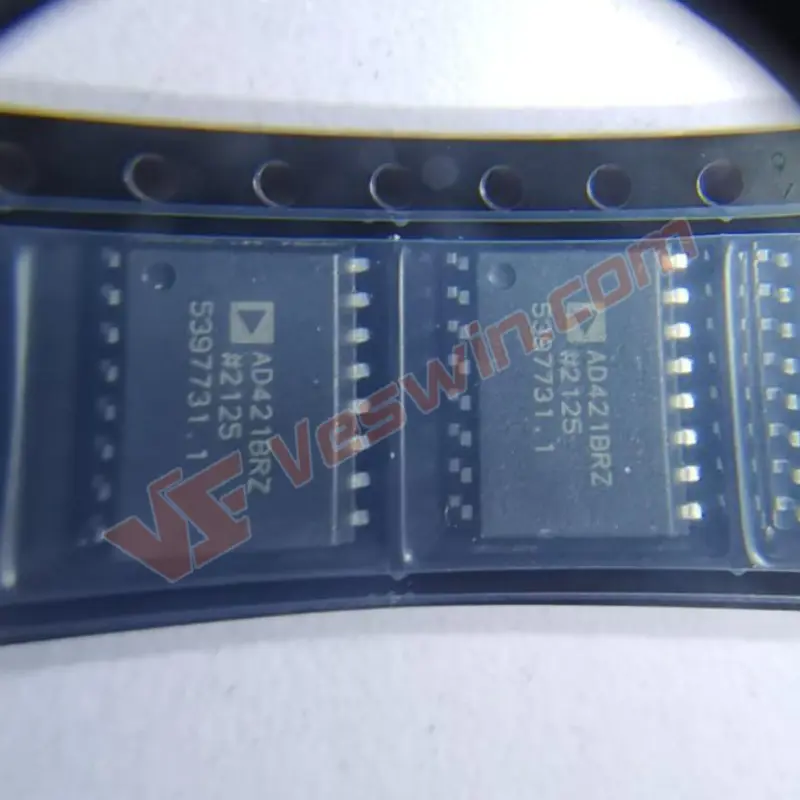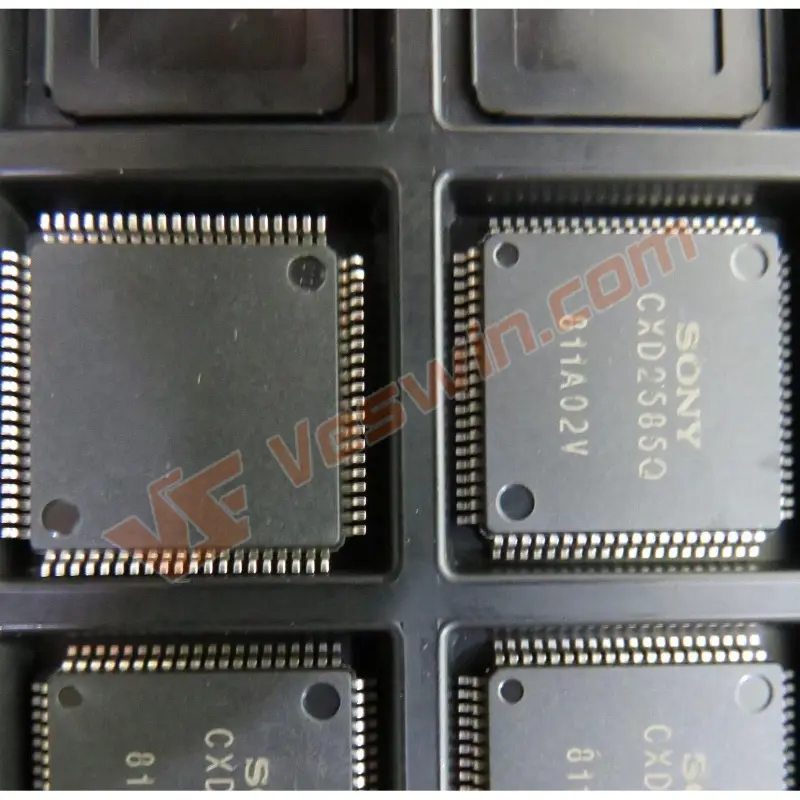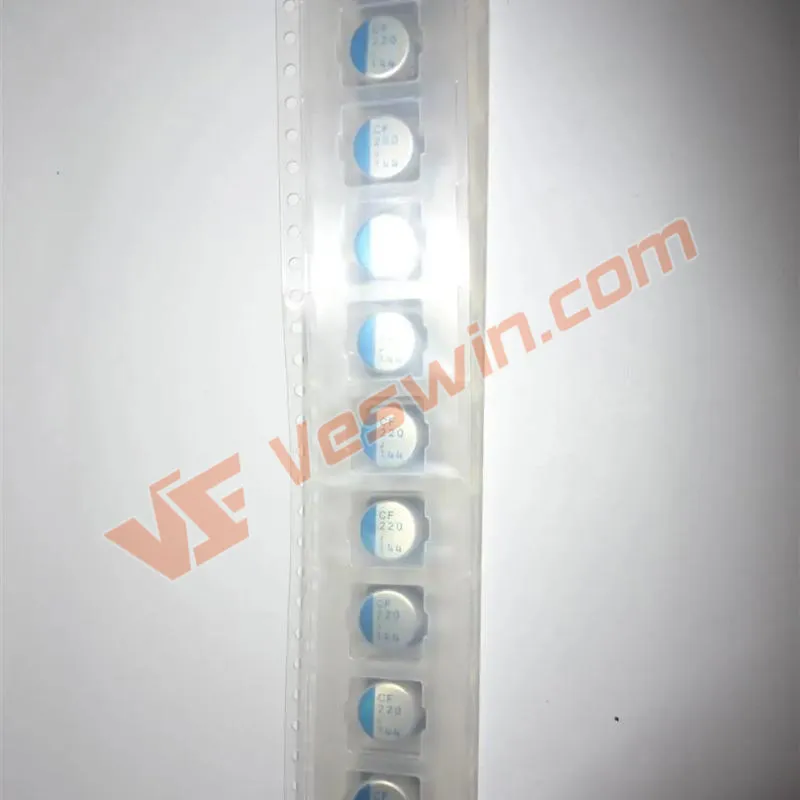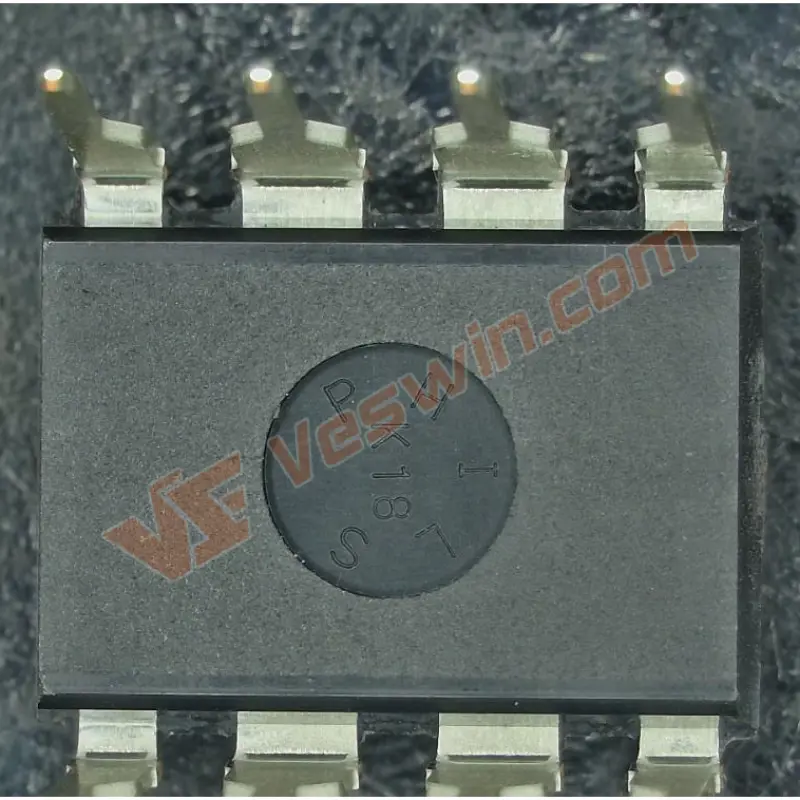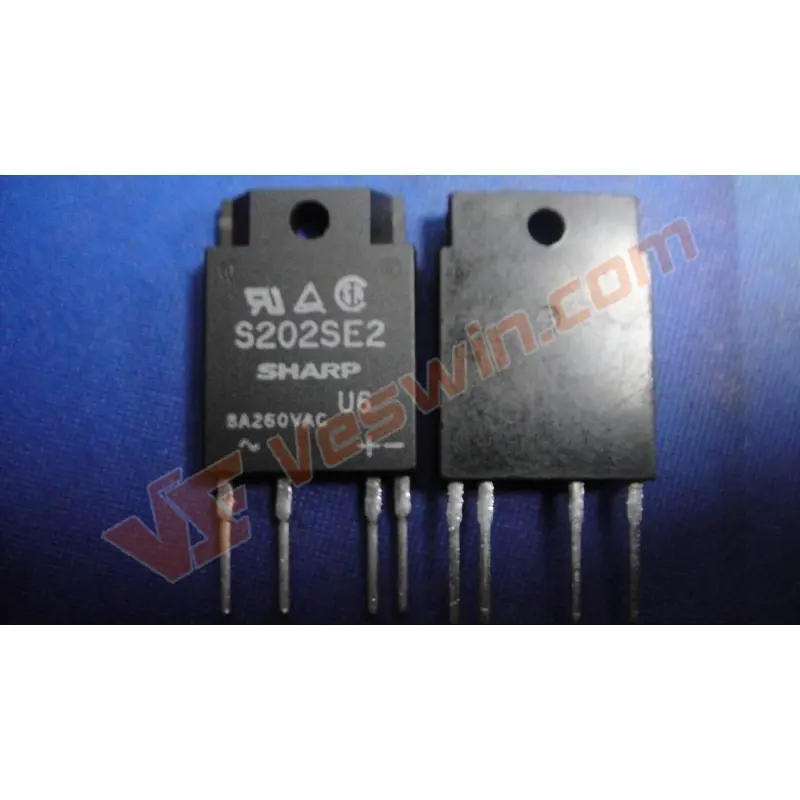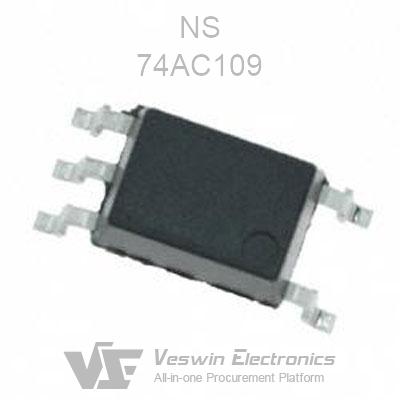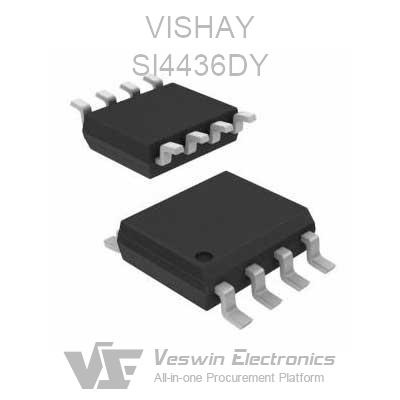The MJE13003 transistor is a popular electronic component widely used in various applications, including power amplification, switching, and voltage regulation. As a high-voltage NPN transistor, the MJE13003 offers excellent performance and reliability, making it a go-to choice for many designers and engineers.
In this article, we will delve into the datasheet, pinout, equivalent options, and practical uses of the MJE13003 transistor, providing valuable insights for electronics enthusiasts, hobbyists, and professionals. Understanding the capabilities and applications of the MJE13003 transistor will empower you to incorporate it effectively into your electronic designs and achieve optimal performance.
The MJE13003 is a high-voltage, high-current NPN bipolar junction transistor (BJT) designed for power switching applications. It is a member of the MJE series of power transistors and commonly used in electronic circuits for amplification and switching applications.
Download MJE13003-D.PDF for reference here>>
Model:MJE13003
Type: NPN Triode
Collector power dissipation (PC): 40 W
Collector current (IC): 2 A
Collector and base withstand voltage (VCBO): 700 V
Maximum collector and emitter withstand voltage (VCEO): 400 V
Maximum emitter and base withstand voltage (VEBO): 9 V
Collector and base reverse leakage current (ICBO): 100 μA
Collector-emitter reverse leakage current (ICEO): 250 μA
Collector and emitter saturation voltage (VCE(sat)):
Collector current (Ic) = 1.5 A 3 V
Eigenfrequency (fT): 4 MHz
DC amplification factor (hFE): 5~40
Chip Material: Silicon
Package: TO-126
Pin Number Pin Name Description
------------------------------------
1 E Emitter: The terminal through which the current flows out of the transistor.
2 B Base: The control terminal that regulates the transistor's operation.
3 C Collector: The terminal through which the current enters the transistor.
This is a figure shows amplifier circuit with MJE13003 transistor.
The MJE13003 transistor is commonly used in various power-related applications that require high voltage and current capabilities. Some of its typical uses include:
Power Amplifiers
The MJE13003 transistor is often employed in power amplifier circuits for audio and RF applications. It can handle high currents and voltages required for amplifying signals efficiently.
Switch-Mode Power Supplies
The transistor is suitable for use in switch-mode power supply circuits, which are widely used in various electronic devices. It helps regulate and control the flow of power efficiently.
Motor Control
Due to its high-power handling capabilities, the MJE13003 transistor can be utilized in motor control circuits to drive and control the speed and direction of electric motors.
Voltage Regulators
The transistor can be incorporated into voltage regulator circuits to stabilize and regulate voltage levels in electronic systems, ensuring a steady power supply.
Electronic Ballasts
In fluorescent lamp ballast circuits, the MJE13003 transistor is used to control and regulate the current flowing through the lamp, ensuring efficient operation and proper illumination.
Power Inverters
The MJE13003 transistor can be employed in power inverter circuits, which convert DC power to AC power. These inverters are used in various applications, including renewable energy systems and uninterruptible power supplies (UPS).
Solenoid and Relay Drivers
The high-power capabilities of the MJE13003 make it suitable for driving solenoids and relays, which are commonly used in automation, control systems, and electrical switching applications.
Advantages of the MJE13003 Transistor:
High Power Handling: It is designed to handle high voltages and currents, making it suitable for power applications that require significant power amplification or switching capabilities.
Wide Availability: It is a popular transistor and is widely available in the market, making it easily accessible for various electronic projects and applications.
Versatility: It can be used in a range of applications, including power amplifiers, switch-mode power supplies, motor control circuits, and voltage regulators, providing flexibility in design choices.
Cost-effective: It is relatively affordable compared to some specialized high-power transistors, making it a cost-effective choice for applications that require moderate to high power handling.
Disadvantages of the MJE13003 Transistor:
Heat Dissipation: It can generate significant heat during operation, especially when operating at high currents and voltages. Adequate heat sinking and thermal management techniques may be necessary to ensure proper functioning and longevity.
Limited Frequency Response: It is primarily designed for power applications and may not perform optimally at high frequencies. Its transition frequency (ft) is relatively low compared to transistors specifically designed for high-frequency applications.
Lower Gain: The DC current gain (hfe) of the MJE13003 transistor may be relatively lower compared to some other transistors. This may affect its performance in certain applications that require high gain levels.
Package Size: Depending on the package type, the MJE13003 transistor may have a relatively larger physical size compared to smaller-surface-mount transistors. This can limit its use in space-constrained designs.
In conclusion, the MJE13003 transistor is a versatile and reliable component that finds numerous applications in the field of electronics. Its high voltage and power handling capabilities, along with its robust design, make it an excellent choice for power amplification, switching, and voltage regulation tasks.
When working with the MJE13003 transistor, it is important to refer to the datasheet for detailed specifications, study the pinout configuration, and explore equivalent options to ensure compatibility and optimal performance in your circuit designs. Stay updated with the latest advancements in transistor technology, explore application notes and technical documentation, and make informed choices when incorporating the MJE13003 transistor into your projects. Embrace the benefits of the MJE13003 transistor and unlock new possibilities in power electronics and circuit design.
Q: Can the MJE13003 transistor be used for audio amplification?
A: While the MJE13003 transistor is primarily designed for switching applications, it can be used in simple audio amplification circuits. However, it may not be suitable for high-fidelity audio amplification, as it is not specifically optimized for audio applications.
Q: Is the MJE13003 transistor suitable for high-frequency applications?
A: The MJE13003 transistor is not typically recommended for high-frequency applications due to its lower transition frequency (fT) compared to transistors specifically designed for high-frequency operation. It is better suited for lower frequency and power switching applications.
Q: Can the MJE13003 transistor handle high-power applications?
A: Yes, the MJE13003 transistor is capable of handling moderate to high-power applications, with a power dissipation rating of up to 20 watts. It is commonly used in power switching circuits and applications that require high voltage and current handling capabilities.
Hot News

